What is BCC?
A basal cell carcinoma (BCC) is the most common type of skin cancer. An uncommon and outdated name for a BCC is a “rodent ulcer”. It is the least dangerous type of skin cancer and commonly completely cured by treatment.
Characteristics of a BCC
1. Reddish patch or irritated area
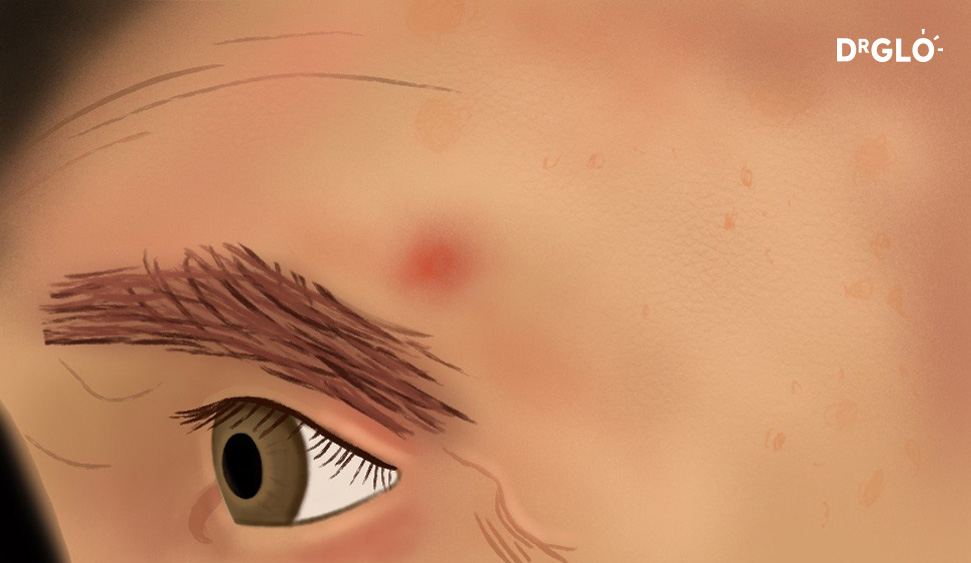
An unexplained area of persistent redness or irritation that does not go away may be a sign of an early BCC.
2. An open sore that does not heal
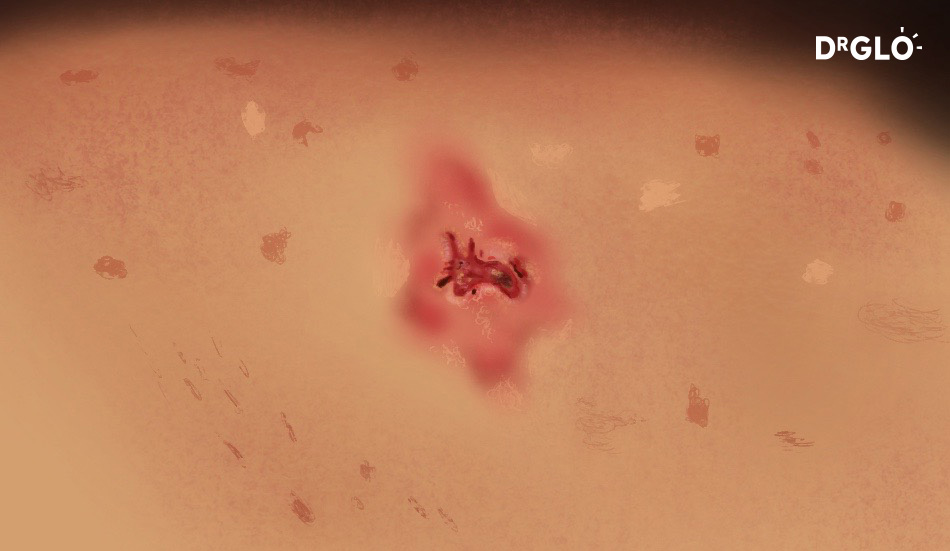
A non-healing sore that bleeds and forms a scab-like crust may actually be a BCC.
3. A shiny pearly bump or nodule


BCCs may have a pearly, smooth appearance with a rolled edge. Another name for BCC is a rodent ulcer because of the resemblance of a tiny rodent bite on the skin.
4. A scar like area that is flat with no history of trauma to the area
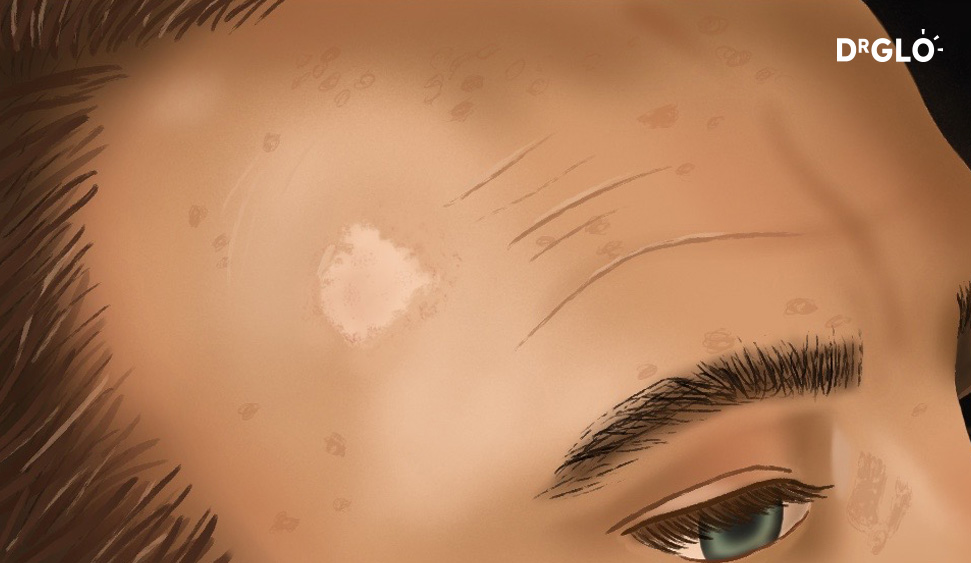
A subtype of BCC called a morpheic BCC has the appearance of a pale scar. This type is the most difficult to detect as patients would typically think it is an old scar that hasn’t healed well. A history of no trauma is a clue that it is a BCC.
What do you do if you think you have a BCC?
It would be important to go see your healthcare professional for prompt evaluation of the lesion. Your healthcare professional will take a thorough history and examine the lesion closely. A skin magnifying device called a dermatoscope would also be used. The next step may involve taking a small biopsy of the skin lesion that is sent to the laboratory for further testing by a pathologist to confirm the diagnosis. Once confirmed, your healthcare professional will discuss with you about the next steps for treatment.

KEY MESSAGE
If you or your loved ones have a suspected BCC, it would be important to seek medical attention as soon as possible. Early intervention typically leads to the best possible outcomes.
 Common Skin Conditions
Common Skin Conditions Paediatric Conditions
Paediatric Conditions Skin Cancer
Skin Cancer Infectious Skin Conditions
Infectious Skin Conditions Other Skin Conditions
Other Skin Conditions Treatment & Management
Treatment & Management Prevention & Skincare
Prevention & Skincare


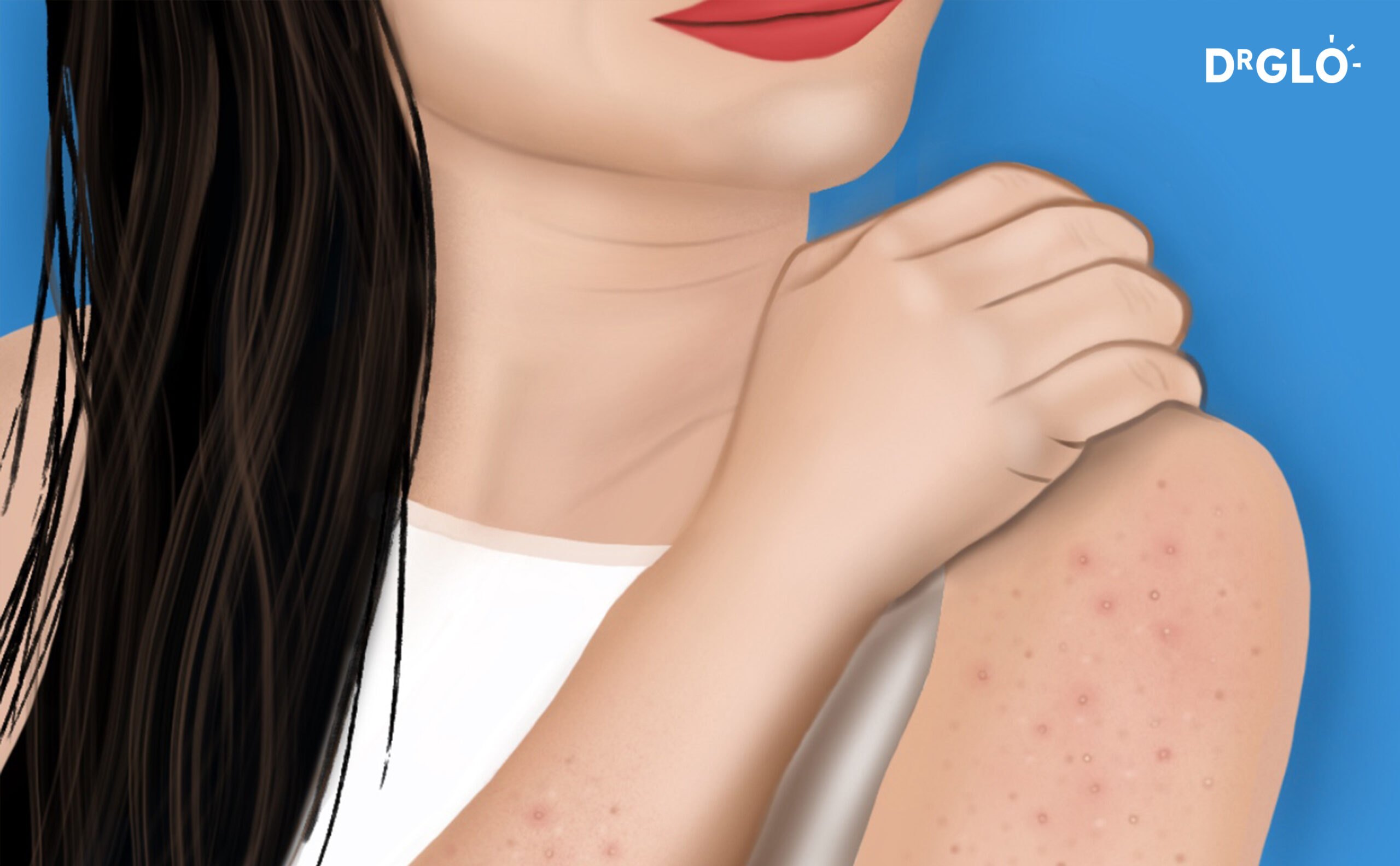

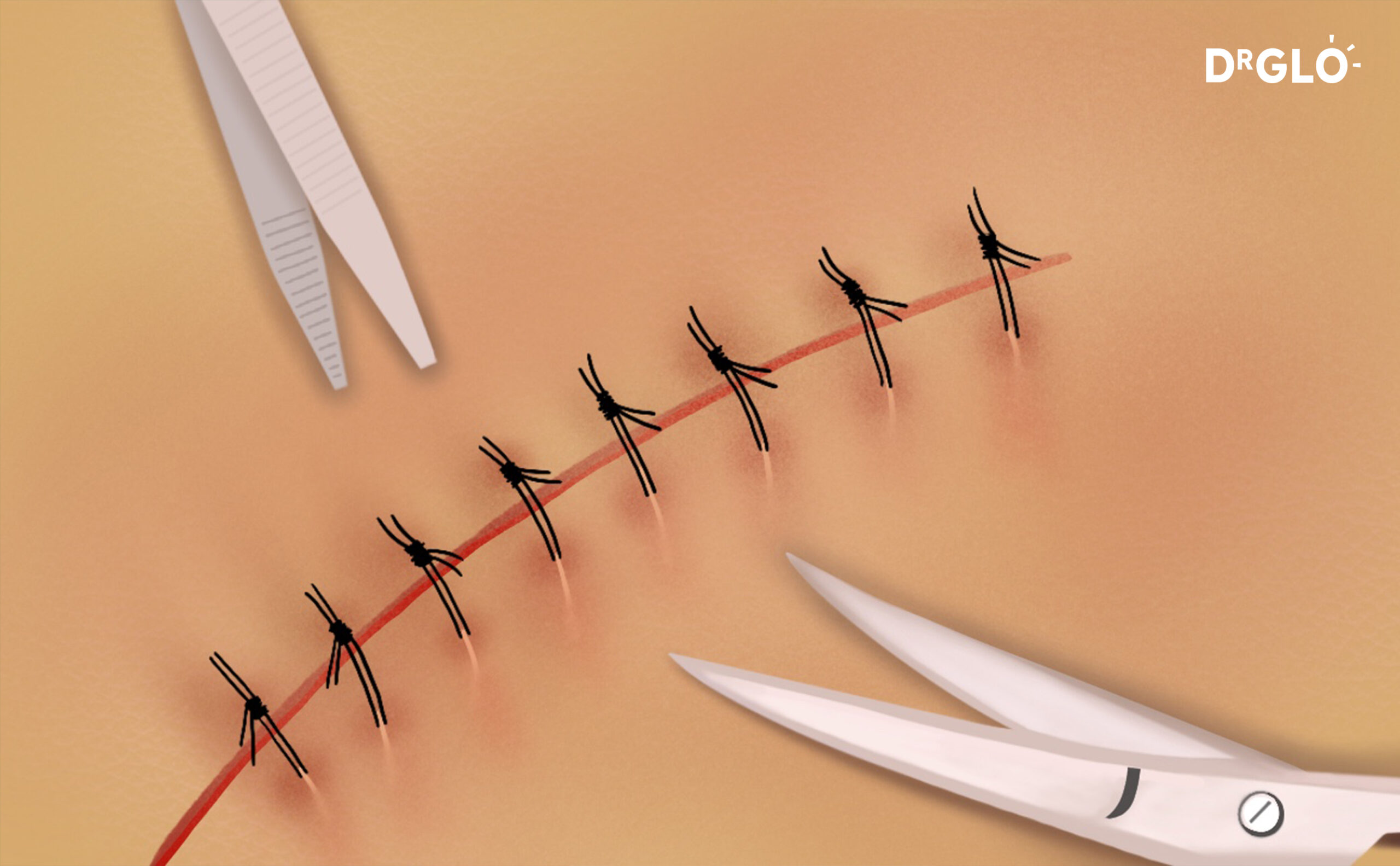
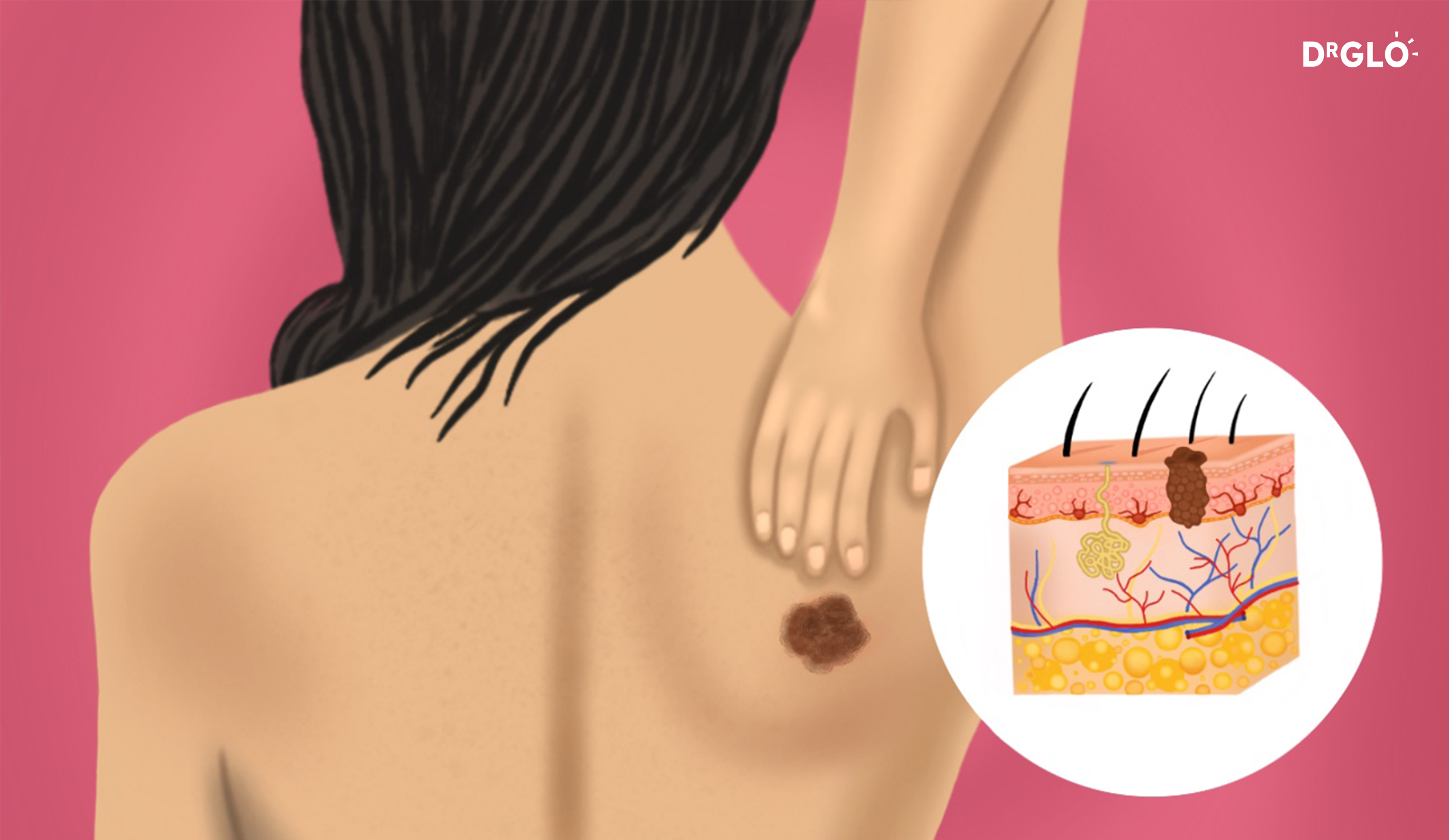
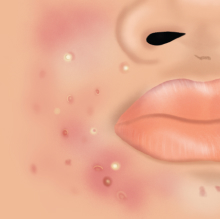

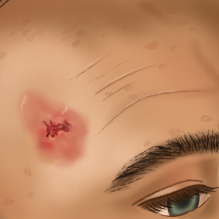

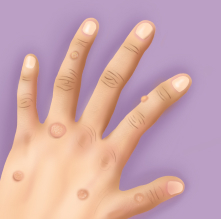

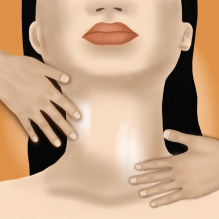
Popular Articles